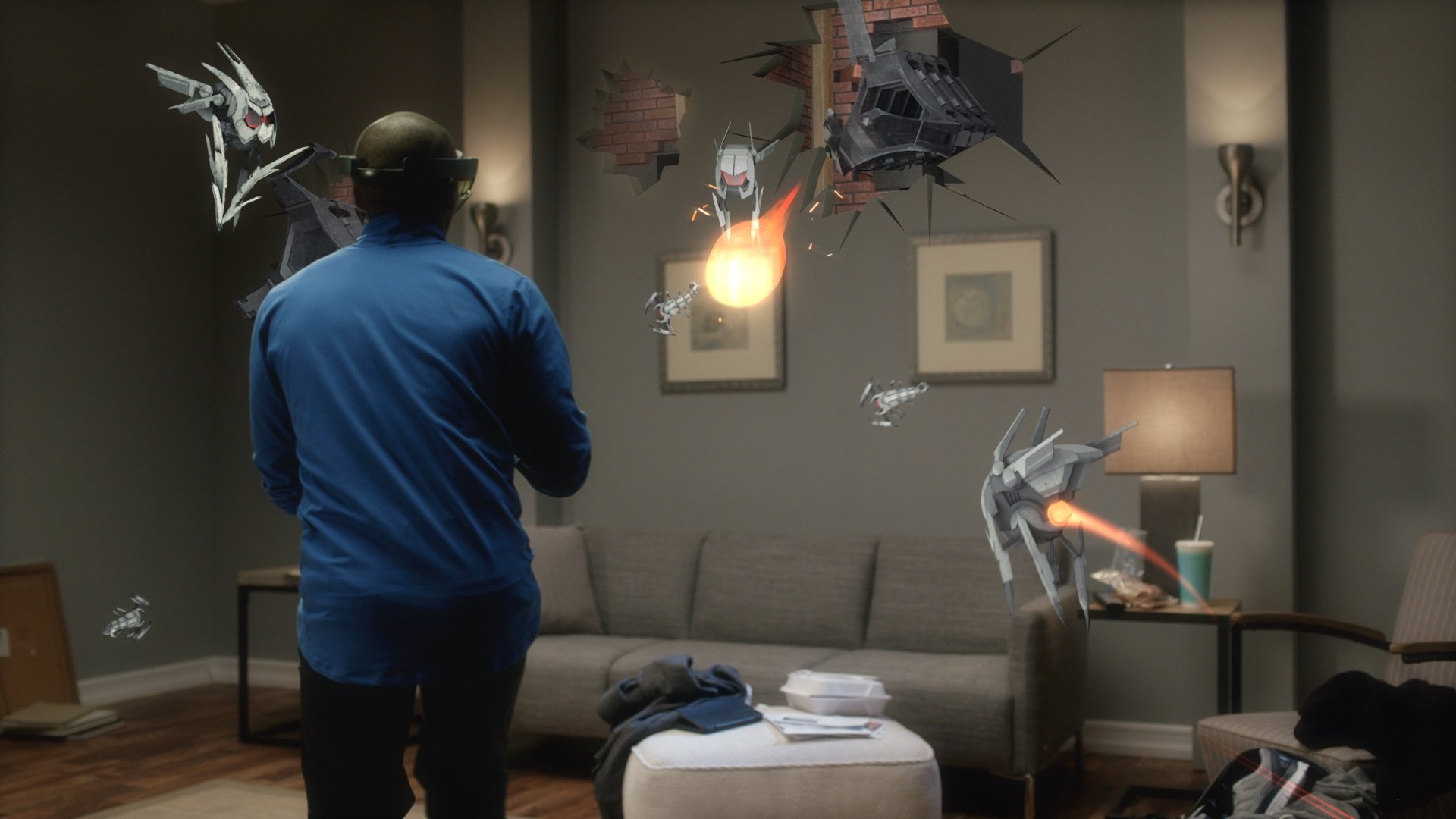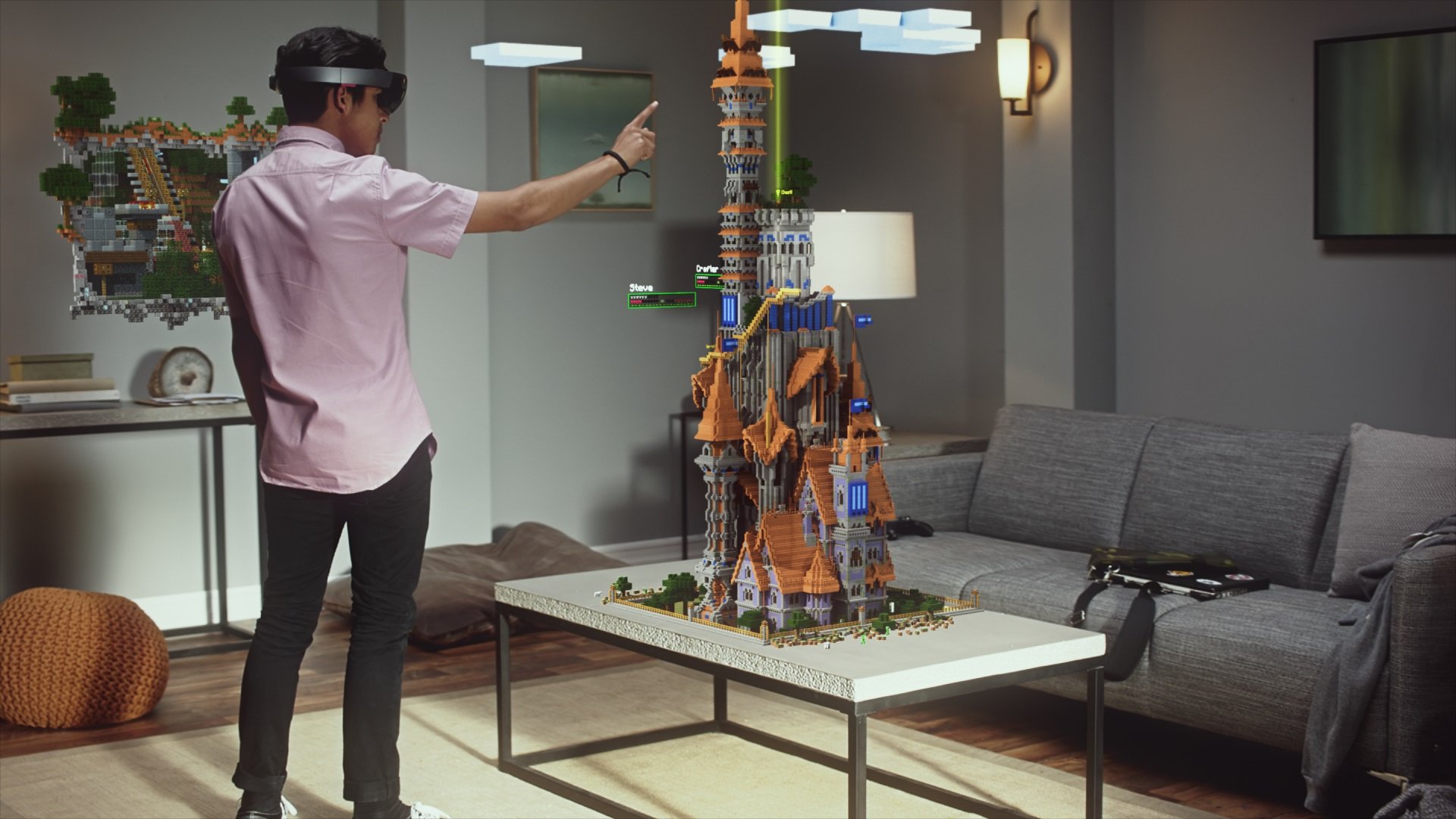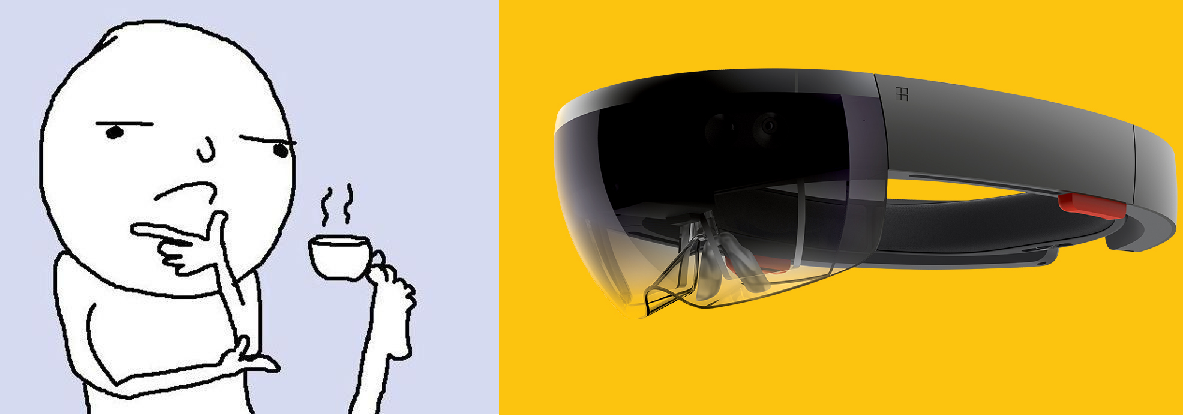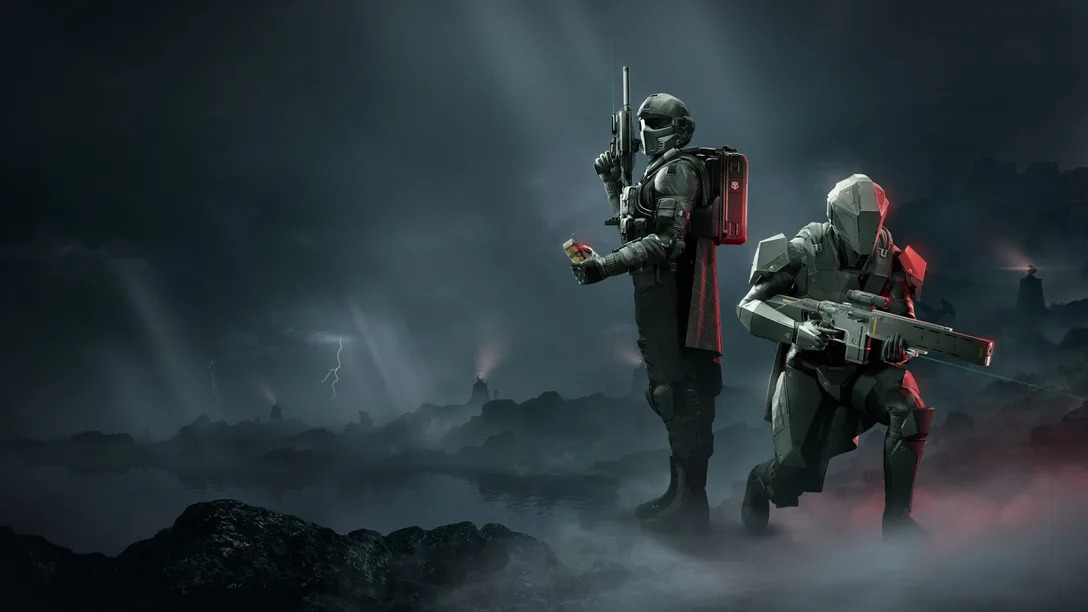Microsoft's Project X-ray and Minecraft reveal the power of HoloLens gaming

Microsoft's HoloLens is still making some news here at E3 2015 in sunny Los Angeles. Earlier today, I had the opportunity to don yet again the augmented-reality headset for a fourth time. Yesterday, I saw HoloLens used a training tool for Halo 5. The focus for today's briefing was gaming itself.
Ever since Microsoft shocked the tech world with their AR headwear back in January, people have been using their imaginations to come up with useful scenarios. As it turns out there, is no shortage of situations where AR could make things better.
Gaming is on that list, and although virtual reality headsets like the Rift from Oculus have controlled that message, HoloLens has a lot to offer as well. I managed to try out two games being developed by Microsoft and here are my thoughts on both!
Project X-ray
Project X-ray is one of those ambitious games that was developed to show the power of AR. The game is quite basic, but that does not distract from its wow factor.
Project X-ray works like this: Some alien enemy is in the walls of your room. Occasionally, they break a hole in the wall so that they can enter your space and, well, attack you. One baddie was a scorpion like creature; another was a floating evil-doer who reminded me of the enemies in the classic 3D game Descent (1994). As these creatures floated in the air or scurried across your walls, they would fire at you. Getting hit would mean you take damage.
In response, you as the player have two options: fire back and slow down time/x-ray the room. Both of these actions are controlled with an Xbox One wireless controller so that your gaze through the HoloLens is your targeting reticle but your fingers to the work. It feels very much like a traditional first-person shooter, except for the part about floating 3D holograms in your bedroom.
Speaking of x-rays, the reasons the game is called that is because you can x-ray your room. This weapon tells HoloLens to create a wireframe of the walls in your space, and you can see those bad guy scorpions through the wall for a short duration (they also slow down like bullet-time). Firing your railgun takes them out and puts a hole in your domicile. Mind you, this is all done on the fly since the HoloLens already creates the wireframe for spatial reasons. The game is merely revealing this to you in real-time.
All the latest news, reviews, and guides for Windows and Xbox diehards.
There is also a helpful AI in the form of a robot who guides you through the process, giving you hints for success. He kind of looks like a cross between GLaDOS and the Ghosts in Destiny.
Finally, the sound, as always, was great. HoloLens has two speakers placed above the ears, and the spatial machinery works extremely well. In the game, you can hear in the room when an enemy was coming, much like how surround-sound speakers work for movie theaters. It's tight.
The Experience
One thing I can say about HoloLens: it is very finicky as to positioning. If it is off slightly, your experience will be less enjoyable. If fitted just right though, it is a great. This time, my exposure to HoloLens was the latter: it worked and felt seamless. In fact, this was the most fun I had with HoloLens since January.
Now, I cannot be 100% certain if anything was vastly different with the hardware (which is still being tweaked) or it was just lined up right. All I know was playing Project X-ray is fantastic. Granted, due to the game's simplicity, I am not sure you would get _hour_s of enjoyment out of it. However, as a demonstration of how holograms and the real-world can create a sensational gaming experience it totally works.
This finding brings me back to my point about fitting the HoloLens. Due to time and the newness of the technology, figuring out how it should fit on your head the first time is not at all obvious. It's one of those things I could probably tinker with for 10 minutes to get it 'just right'. It reminds me of getting fitted for snow skis – it takes precision.
This critique may be trivial in the long run: once you fit your HoloLens, you don't need to change anything except the tightness. And just like a catcher donning his catcher's mask, you become an expert on putting it on and adjusting it on the fly. On the other hand, for people in the media, if they do not get the right fit, their experience will be poor.
It is true that the field-of-vision is still a direct line of sight. However, I did not find it distracting or an issue in Project X-ray, perhaps owning to the right fit this time around of the hardware.
I should note, I also had one of the highest scores amongst the media, ahem.

Minecraft for Realz
Back in January, some of us were able to experience HoloLens for the first time. One of the more impressive experiences was the Minecraft one, which everyone there seemed to enjoy.
Here at E3, things have changed. You see, the version in January was a demo but not real code of the game. What I saw this afternoon is the real game running on HoloLens.
Now, let me be clear I do not play Minecraft. Heck, I barely get the appeal. Today's experience though was very impressive. So much so that it piqued my interest in the game. Here's why. In the HoloLens Minecraft, you can project the game on your wall like a TV. Except with this TV, you can control the size (small up to a huge version) and you peek inside the world, much like there was a hole in your wall with Minecraft inside. Unlike the current console version, Minecraft on HoloLens has more 3D to it, including an external and first-person viewing toggle.
If you don't like the Minecraft TV experience, you can simply bring up your created world on a table, a floor or wherever. For this demo, the Minecraft staff has me build my world on a flat wooden table. Once initiated, the world grew out of the table top. And just like in the demo video you could walk around, move the world up and down, zoom in, track players, and more.
As I said, I'm not into Minecraft but seeing it as a hologram was certainly eye-opening. I could only imagine how hardcore fans would react (and from what I have heard, they love it). The developers behind the game are intent on shipping this as a HoloLens experience, so now it is just a matter of waiting.

Final Thoughts
As you can see, my experience with HoloLens waxes and wanes from enthusiastic to a more desensitized 'yeah, it was cool'. Today I am back in the enthusiastic category. This conclusion is not to say there is no need for improvement (there is) but today's experience showed me that this technology can work.
There are still many questions to be answered, including pricing, availability, battery life, and head fatigue, for starters. Nevertheless, I feel much better after my first real exposure to holographic gaming. All I know is that it can only get better from here, so let's just give it some time to grow.

Daniel Rubino is the Editor-in-chief of Windows Central. He is also the head reviewer, podcast co-host, and analyst. He has been covering Microsoft since 2007 when this site was called WMExperts (and later Windows Phone Central). His interests include Windows, laptops, next-gen computing, and wearable tech. He has reviewed laptops for over 10 years and is particularly fond of 2-in-1 convertibles, Arm64 processors, new form factors, and thin-and-light PCs. Before all this tech stuff, he worked on a Ph.D. in linguistics, performed polysomnographs in NYC, and was a motion-picture operator for 17 years.

